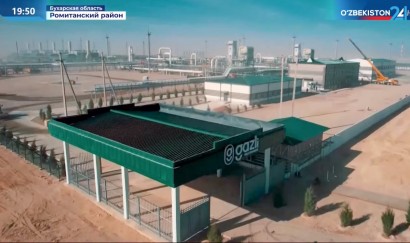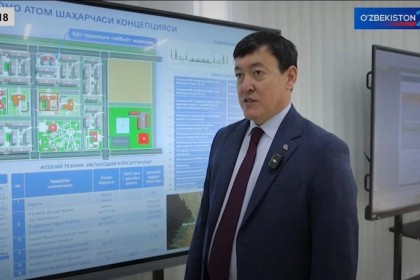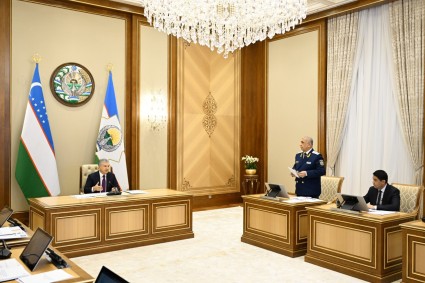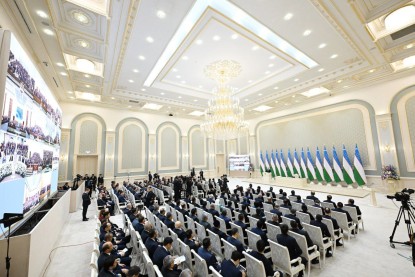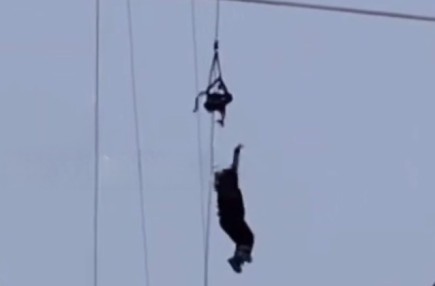The Senate at its September 30 session passed the Creative Economy BIll, the Senate’s press service reported. The Bill provides for the support and development of the creative economy, regulation of relations in this area and its classification.
The BIll has defined 15 areas as areas of the creative economy:
- literature;
- architecture, design, urban studies;
- audiovisual art;
- fashion and design;
- performing arts;
- activities of museums, art galleries (exhibitions), information and library activities;
- publishing and printing activities;
- creative activities in the media and online broadcasting;
- concert and entertainment activities and organization of mass cultural events;
- producing activities;
- creative activities in the field of digital technologies;
- creative activities in the field of advertising;
- protection and restoration of cultural heritage sites and works of art;
- fine arts;
- folk applied arts, handicrafts.
The BIll has outlined the mechanisms for implementing state policy in the field of creative economy, the powers of the government, ministries and departments, as well as local government bodies in this area.
It provides for the creation of the Republican Council for the Development of the Creative Economy, which is an advisory body operating on a voluntary basis. The composition of the council is approved by the president and includes representatives of government agencies, civil society institutions, leading entrepreneurs in the creative industry, as well as international and domestic experts.
The BIll has defined the mechanisms for creating and supporting the necessary infrastructure for the creative economy. It has also stated that this infrastructure includes creative industry parks, creative industry clusters, art residences, creative industry centers, innovative equipment and technologies, digital programs and platforms.
The main objectives of creative industry parks are:
- facilitating the development of creative industries;
- drawing investment in the creative economy;
- providing the residents of creative industry parks with the necessary resources and infrastructure;
- development of an ecosystem to increase the turnover and export of products of creative industries, including the creation of electronic platforms and online markets;
- creation of jobs and training of personnel for the creative industry, improving their skills;
- establishment of mechanisms to encourage innovation and creativity in creative sectors.
The BIll stipulates that entities operating in the creative industry and having received at least 80% of their income from creative activities over the past 12 months or having a business plan in this area may be registered as participants in creative industries parks. At the same time, legal entities with a state share cannot be residents of parks.
While, funds to support the creative economy will be created to finance expenses related to the creation, production and promotion of projects in the creative industry on the domestic and foreign markets, as well as the main areas of use of these funds.
It is planned to create clusters of creative industries with the participation of public or private investments to stimulate innovation and the development of creative industries, as well as to create favorable conditions for entrepreneurship in the creative economy.
Statistical indicators will be formed to determine the contribution of creative industries to the country's economy, and national and universal values, as well as the protection of cultural heritage, will be taken into account in the process of developing the creative economy.
The speaker of the Senate, Tanzila Narbaeva stated that Uzbekistan has a sufficient foundation and potential in each of the 15 areas designated as sectors of the creative economy.


